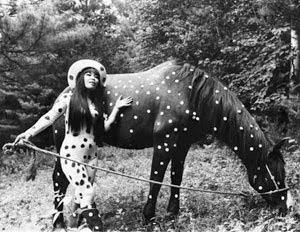"Your chances of dying over the next 12 months are cut in half by joining just one group. Social isolation is as big of a risk factor as smoking."
-Robert Putnam from book Bowling Alone
Television, two-career families, suburban sprawl, generational changes in values--these and other changes in American society have meant that fewer and fewer of us find that the League of Women Voters, or the United Way, or the Shriners, or the monthly bridge club, or even a Sunday picnic with friends fits the way we have come to live. Our growing social-capital deficit threatens educational performance, safe neighborhoods, equitable tax collection, democratic responsiveness, everyday honesty, and even our health and happiness.
-Robert Putam from book Bowling Alone
Putnam, Robert D. Bowling Alone: the Collapse and Revival of American Community. New York: Simon & Schuster, 2000. Print.
This book addresses the decline in social interactions and it's effects since the late 1960s. The titles comes from Putnam's claim that years ago thousands of people belonged to bowling leauges, but now people are more likely to bowl alone. Putnam provides data on everything from how many picnics people go on a year, decline in voter turnout, PTA meeting participation, trusting your neighbors, and church attendance.
Contact is important to my concept of isolation because it is the direct opposite of the word. By studying human interaction, I can better understand human isolation. I plan on reading Putnam's book, and further exploring the social benefits and consequences of being alone. Informed art is better art, in my opinion.
Contact makes me think about my personal interactions with other people, as opposed to my time spent alone. This picture was taken by my friend Kelley Lousier who is studying photography at Parsons in New York.




















